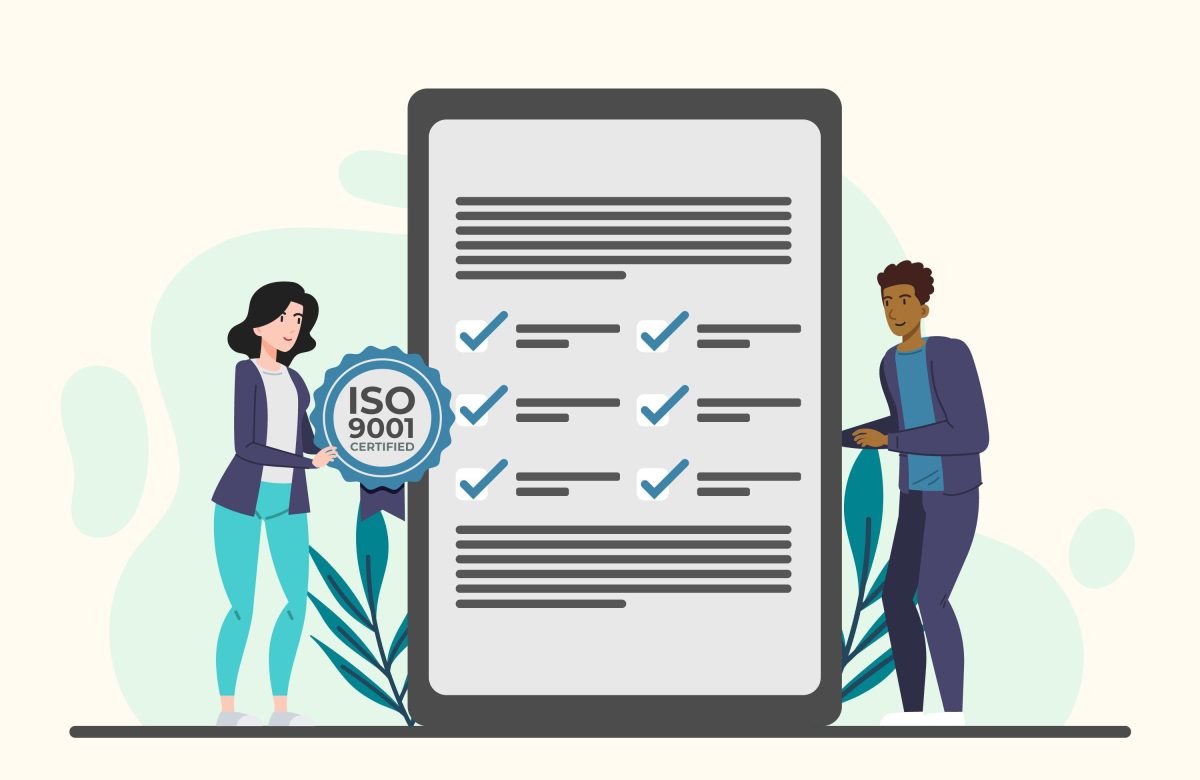How to use data analytics for customer insights

In today’s data-driven world, businesses are presented with an unprecedented opportunity to gain deep insights into their customers’ behaviors, preferences, and needs. Data analytics has emerged as a transformative tool that allows organizations to unlock valuable information from the vast amount of data they collect. By harnessing the power of data analytics, businesses can gain a competitive edge by understanding their customers on a profound level and tailoring their strategies accordingly. In this comprehensive guide, we’ll explore how data analytics can be used to extract actionable customer insights, empowering businesses to make informed decisions and build lasting relationships.
The Role of Data Analytics in Understanding Customers
Data analytics involves the process of collecting, processing and analyzing data to uncover patterns, trends, and correlations that offer valuable insights. When applied to customer data, analytics can provide a comprehensive view of customer behaviors, preferences, purchase history, interactions, and much more. These insights serve as a compass, guiding businesses toward informed decisions that resonate with their audience.
Key Steps to Using Data Analytics for Customer Insights
1. Collect Relevant Data
Start by gathering data from various sources, such as your website, social media, customer interactions, and transactions. This data can include demographics, browsing behavior, purchase history, and engagement metrics.
2. Clean and Organize Data
Data quality is crucial for accurate insights. Clean and organize your data to remove duplicates, errors, and irrelevant information. Consistently structuring data sets the foundation for effective analysis.
3. Segment Your Audience
Segment your customer base based on relevant criteria such as demographics, purchasing behavior, or engagement level. Segmentation allows you to tailor insights and strategies to specific customer groups.
4. Choose Analytics Tools
Select the appropriate data analytics tools that align with your needs and capabilities. This could range from simple spreadsheet software to more advanced analytics platforms that offer predictive modeling and machine learning capabilities.
5. Analyze Patterns and Trends
Use data analytics to uncover patterns and trends within your customer data. Identify common behaviors, preferences, and interactions to understand what drives customer decisions.
6. Create Customer Profiles
Develop detailed customer profiles that encompass their demographics, preferences, pain points, and motivations. These profiles provide a holistic view of your audience and guide your marketing efforts.
7. Predictive Analytics
Leverage predictive analytics to forecast customer behaviors and trends. By analyzing historical data, you can anticipate future actions and tailor your strategies accordingly.
8. Personalization and Customization
Use customer insights to personalize marketing messages, product recommendations, and experiences. Customers are more likely to engage with content that resonates with their individual preferences.
9. A/B Testing
Employ A/B testing to validate assumptions and refine strategies. Test different approaches based on customer insights and analyze the results to determine the most effective tactics.
10. Iterate and Improve
Data analytics is an iterative process. Regularly review and refine your customer insights as new data becomes available. Continuous improvement ensures your strategies remain aligned with evolving customer behaviors.
Benefits of Using Data Analytics for Customer Insights
1. Enhanced Customer Understanding
Data analytics provides a 360-degree view of your customers, enabling you to understand their preferences, behaviors, and pain points.
2. Personalized Experiences
Tailor marketing messages, content, and offers to individual customers based on their preferences, increasing engagement and conversion rates.
3. Effective Decision-Making
Data-driven insights empower informed decision-making. By understanding what works and what doesn’t, you can allocate resources strategically.
4. Improved Customer Satisfaction
By delivering relevant content and products, you enhance customer satisfaction and loyalty. Customers feel understood and valued when their needs are met.
5. Optimized Marketing Strategies
Optimize your marketing strategies based on data analytics. Focus on channels and tactics that resonate most with your target audience.
Best Practices for Utilizing Data Analytics for Customer Insights
- Data Privacy: Ensure compliance with data protection regulations and prioritize customer privacy. Obtain consent for data collection and usage.
- Cross-Functional Collaboration: Involve various teams, including marketing, sales, and customer service, in analyzing customer data to gain comprehensive insights.
- Continuous Learning: Stay updated with the latest trends and advancements in data analytics. The field is rapidly evolving, and ongoing learning ensures you remain effective.
- Ethical Use of Data: Use customer data ethically and transparently. Build trust by communicating how you collect, store, and utilize customer information.
Conclusion
Data analytics has transformed the way businesses understand and engage with their customers. By collecting, organizing, and analyzing customer data, organizations can extract valuable insights that inform decision-making, personalize experiences, and drive customer satisfaction. Through careful segmentation, predictive analytics, personalization, and A/B testing, businesses can tailor their strategies to meet the evolving needs of their audience. In an era where data is abundant, leveraging data analytics for customer insights isn’t just a competitive advantage—it’s a necessity for businesses looking to thrive in the digital age.




